
Recycling food waste to create power
Wales is currently third in the world at recycling with more and more Welsh citizens recycling their food waste to create power. When your food waste has been recycled it is transformed into electricity to help power homes and communities across Wales. All cooked and uncooked food including fruit and vegetable peelings, tea bags, coffee grounds, eggshells, plate scrapings and out of date food can go into your food waste caddy.
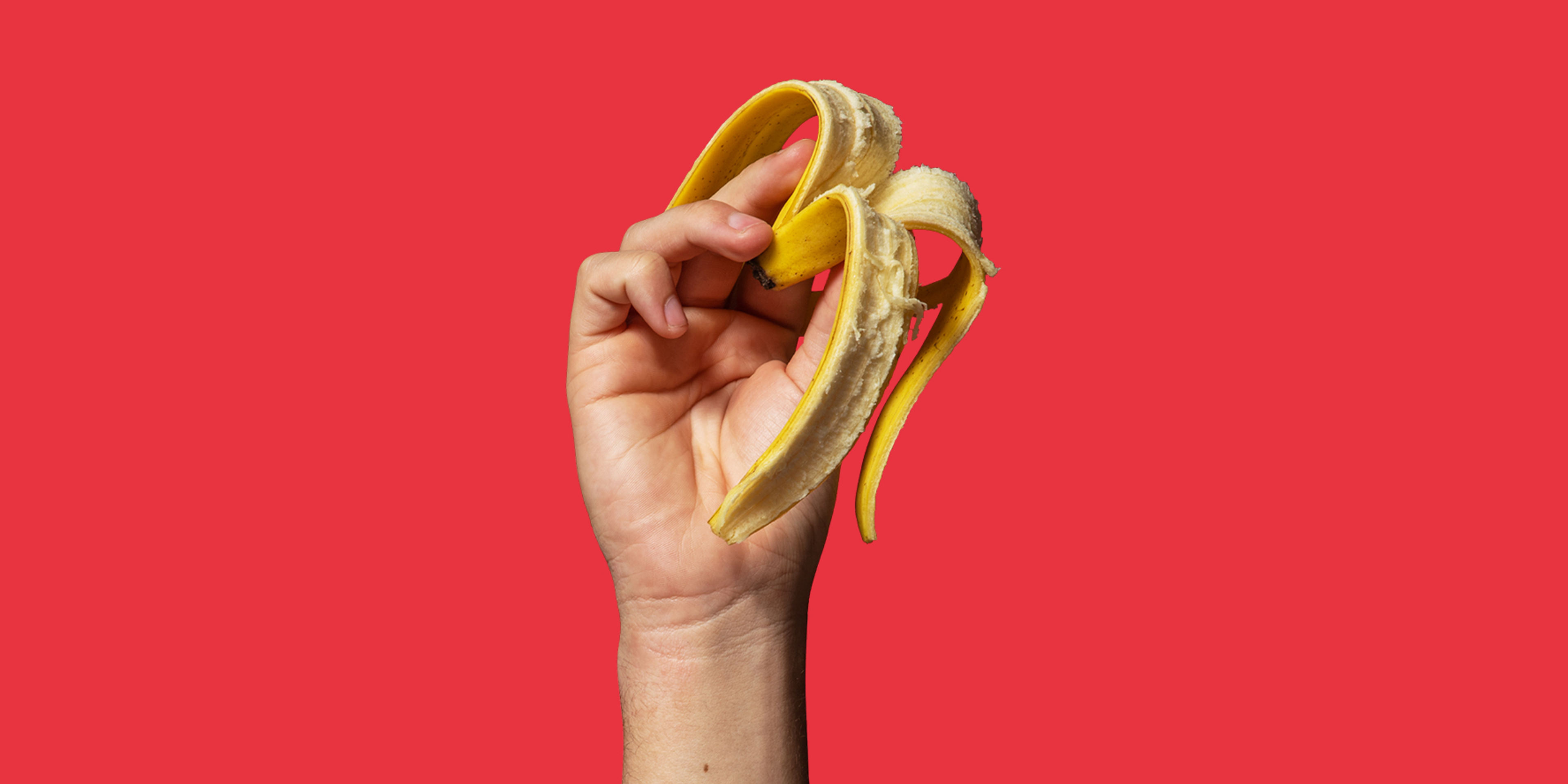
How food waste generates electricity
Most local councils in Wales send their food waste to an Anaerobic Digestion, a process that uses microorganisms called ‘methanogens’ to break down food waste inside an enclosed tank, alongside farm animal manures and energy crops. As it breaks down, it produces biogas, which is collected and used to generate green energy that can power homes and communities across Wales.
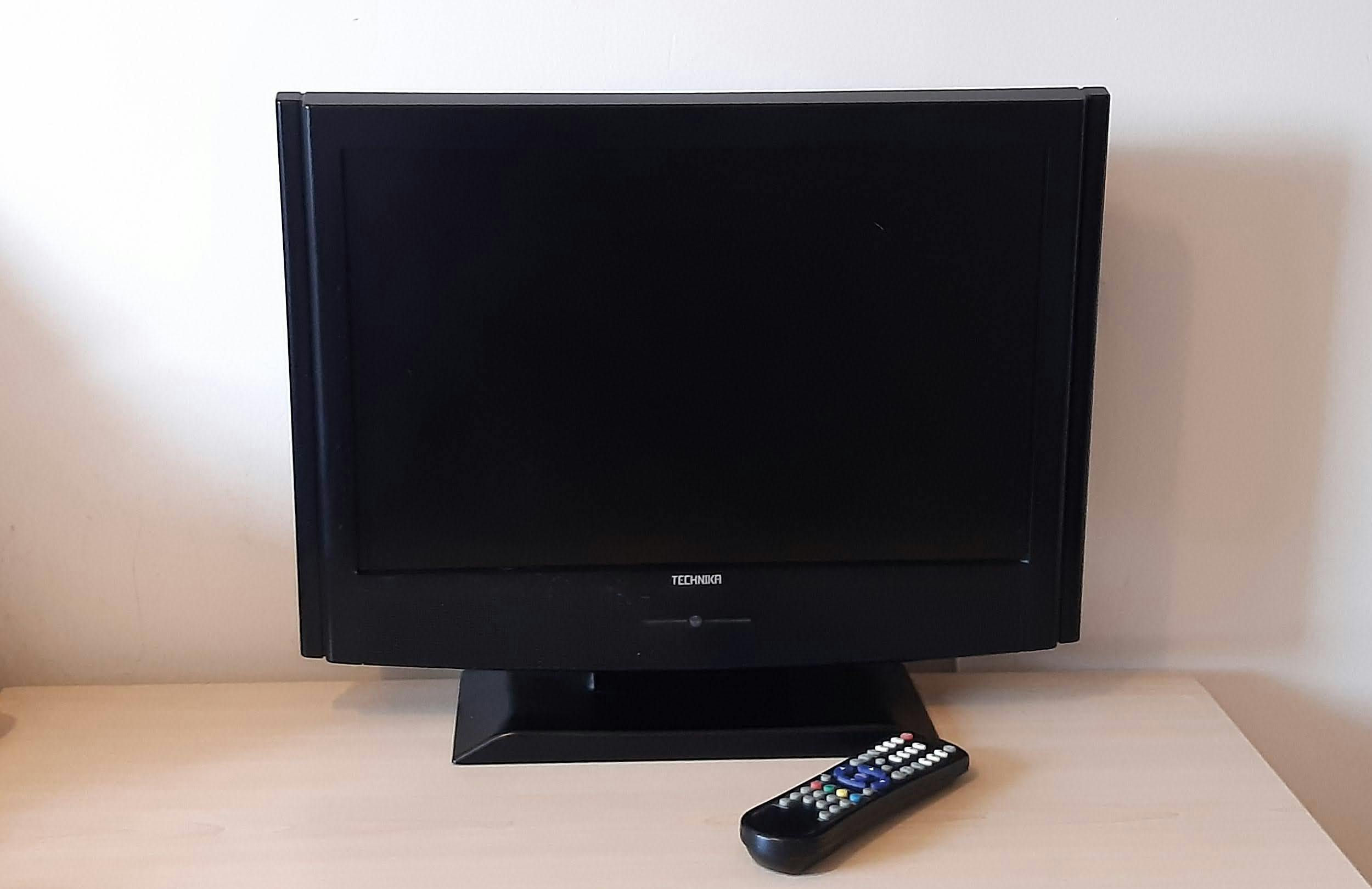
Power your TV
Most people in Wales recycle their meat and fish bones, fruit and vegetable peelings, tea bags, eggshells and plate scrapings. One full food waste caddy can produce energy to power a TV for two hours.
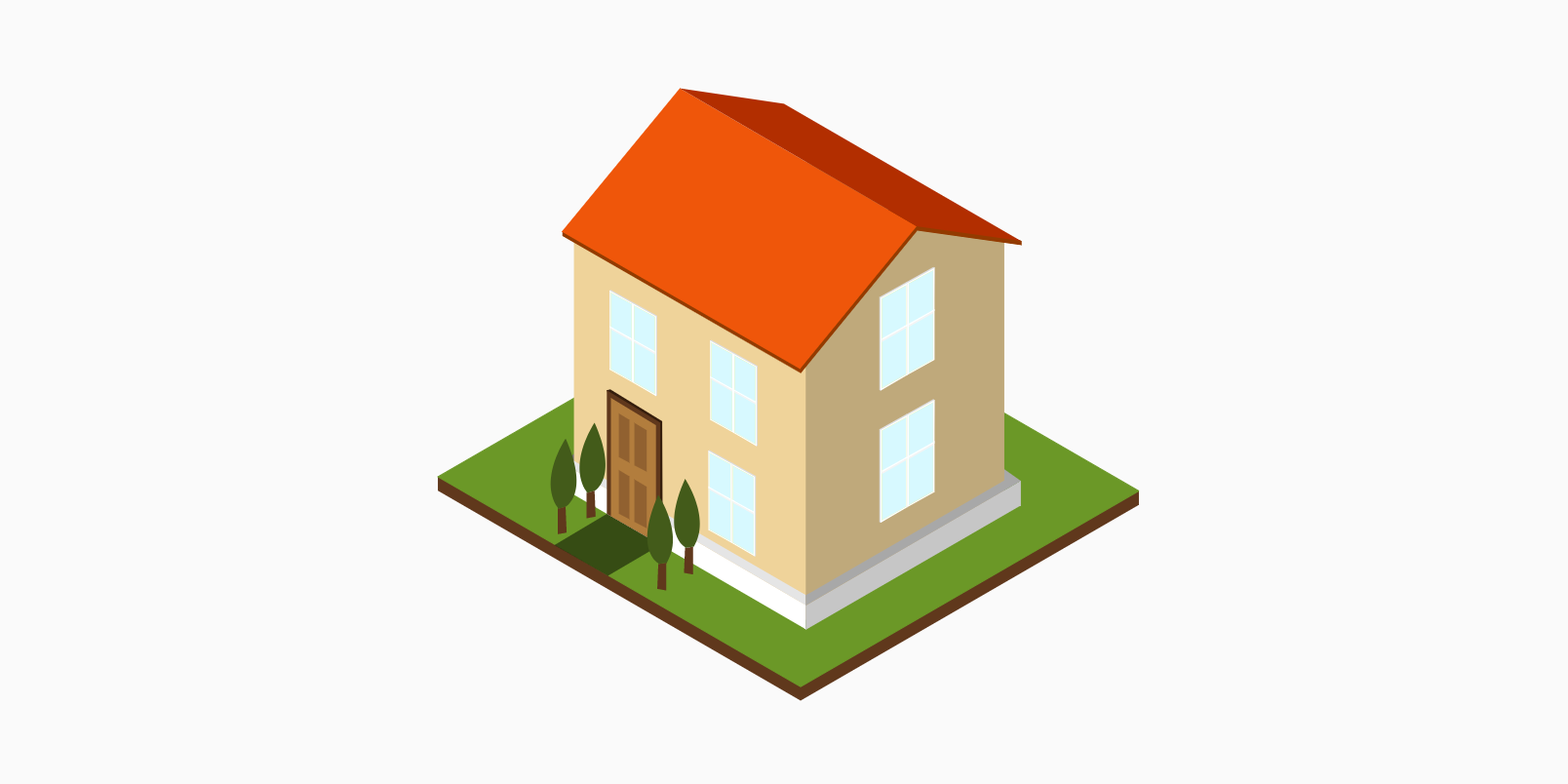
Power your home
Your recycled food waste goes back into the community in the form of renewable energy. Recycling 32 banana peels generates enough energy to power a typical home for an hour.
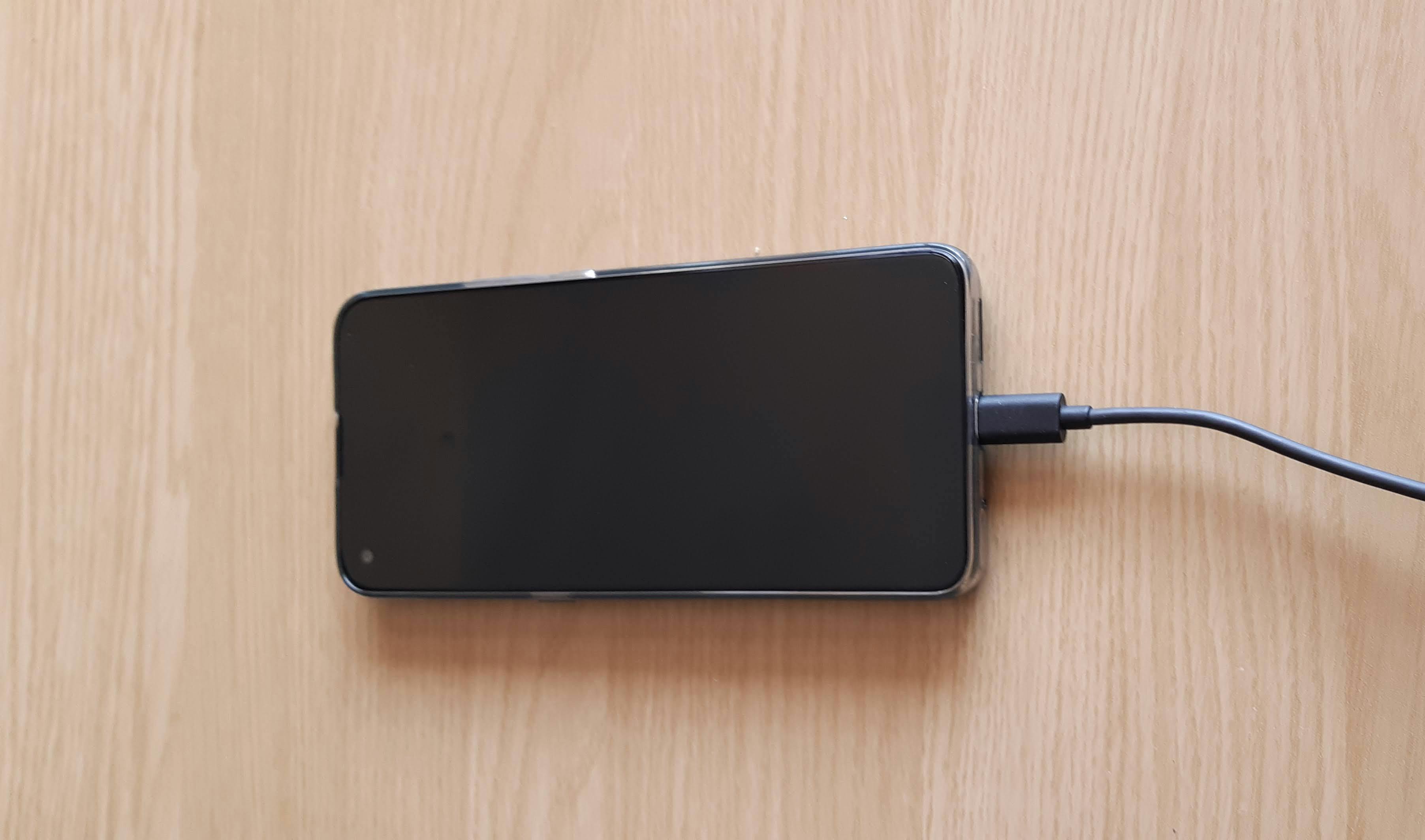
Power your smart phone
The majority of us enjoy a cup of tea, whether we are having a tea break at work or a catch up with friends. Recycling just two tea bags can create enough electricity to fully charge a smartphone.
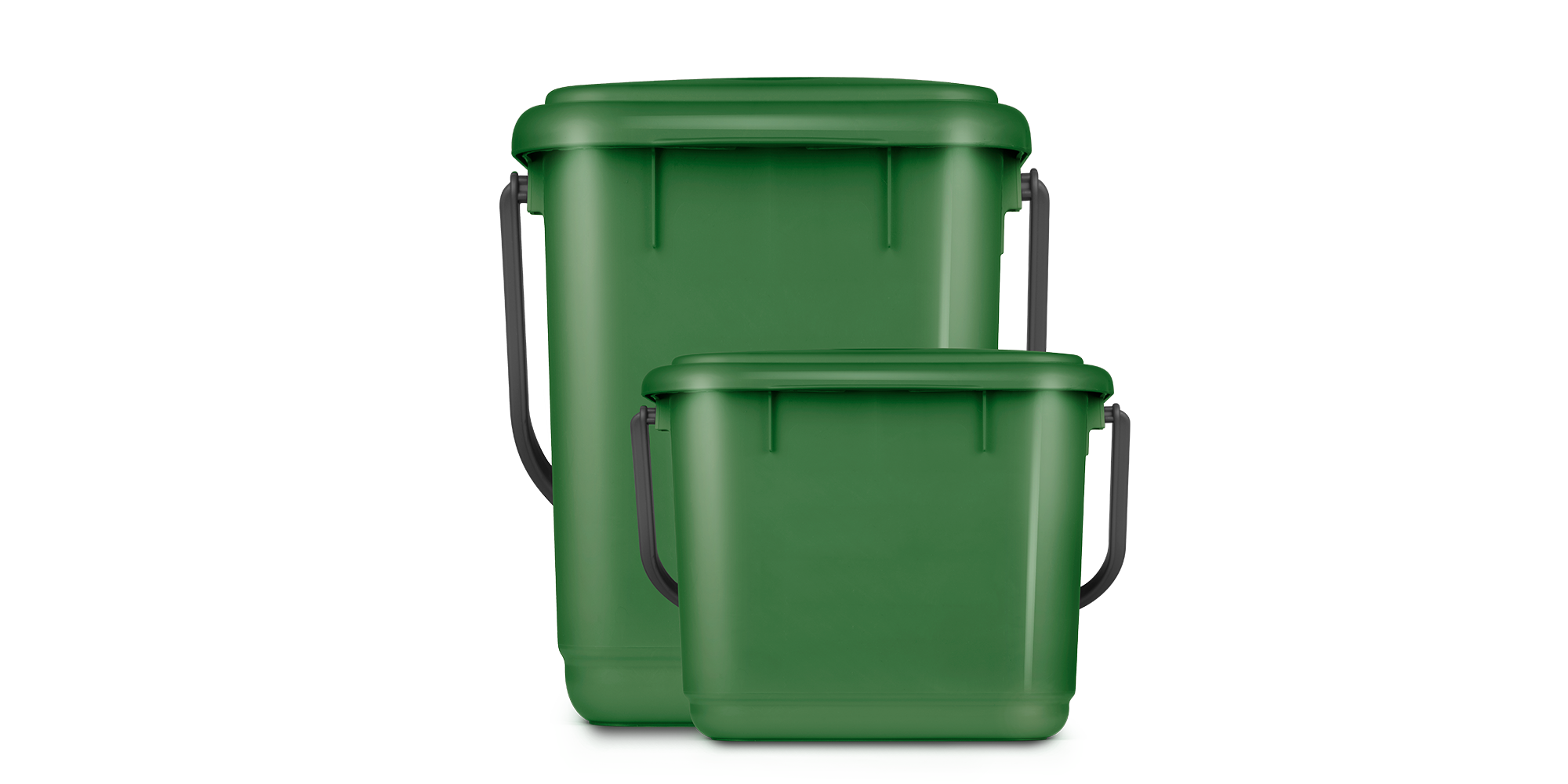
How to get started
All local councils in Wales provide a convenient weekly food waste recycling service. All you need is a kitchen food waste caddy, a kerbside caddy and roll of liners to get started.
